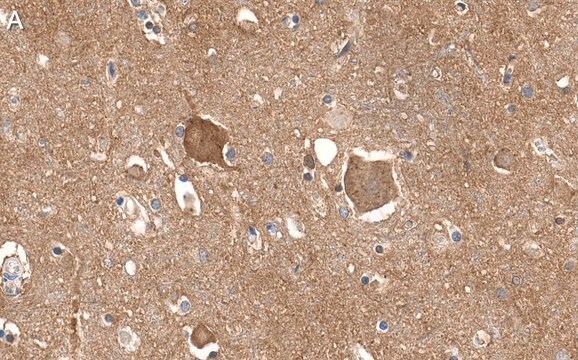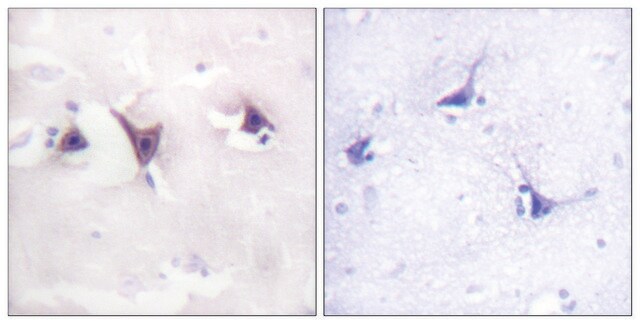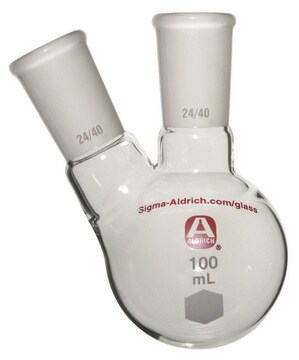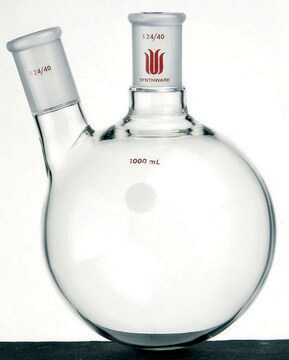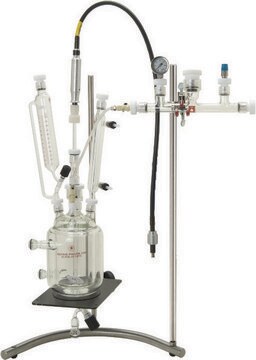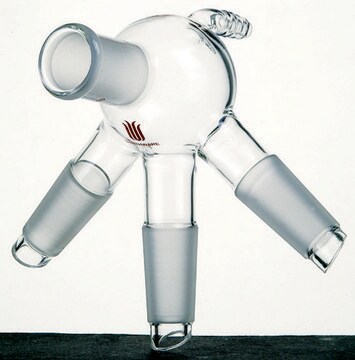07-225-I
Anti-TrkB
Sinônimo(s):
BDNF/NT-3 growth factors receptor, EC:2.7.10.1, GP145-TrkB, Neurotrophic tyrosine kinase receptor type 2, Trk-B, TrkB tyrosine kinase, Tropomyosin-related kinase B
About This Item
Produtos recomendados
Nível de qualidade
clone
polyclonal
reatividade de espécies
human
concentração
1.0 mg/mL
técnica(s)
immunohistochemistry: suitable (Paraffin)
western blot: suitable
Isotipo
IgG
nº de adesão NCBI
nº de adesão UniProt
Informações sobre genes
human ... NTRK2/TRKB(4915)
Descrição geral
Especificidade
Imunogênio
Aplicação
Immunohistochemistry (Paraffin) Analysis: A 1:50 dilution from a representative lot detected TrkB in human cerebral cortex tissue sections.
Note: Actual optimal working dilutions must be determined by end user as specimens, and experimental conditions may vary with the end user
Reconstituição
Armazenamento e estabilidade
Exoneração de responsabilidade
Código de classe de armazenamento
12 - Non Combustible Liquids
Classe de risco de água (WGK)
WGK 1
Ponto de fulgor (°F)
Not applicable
Ponto de fulgor (°C)
Not applicable
Certificados de análise (COA)
Busque Certificados de análise (COA) digitando o Número do Lote do produto. Os números de lote e remessa podem ser encontrados no rótulo de um produto após a palavra “Lot” ou “Batch”.
Já possui este produto?
Encontre a documentação dos produtos que você adquiriu recentemente na biblioteca de documentos.
Nossa equipe de cientistas tem experiência em todas as áreas de pesquisa, incluindo Life Sciences, ciência de materiais, síntese química, cromatografia, química analítica e muitas outras.
Entre em contato com a assistência técnica